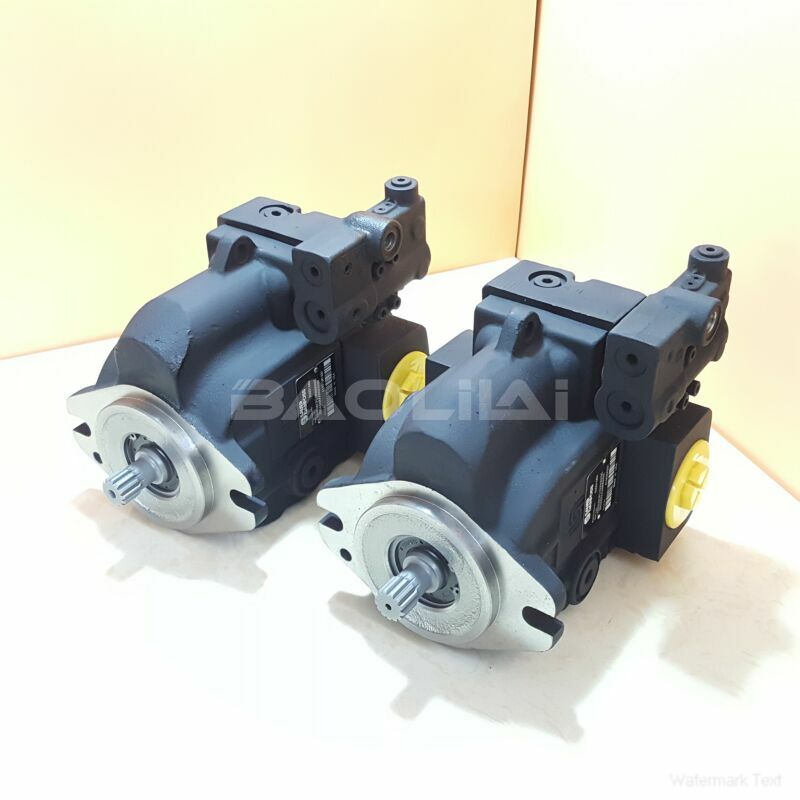LRR030DLS1220NNN3K1NFA6NPLBNNNNNN piston pump
LRR030DLS1220NNN3K1NFA6NPLBNNNNNN piston pump

- Product Details
- Applicable Scene
In the world of mobile equipment, fuel efficiency is a critical factor that influences operational costs, environmental impact, and overall productivity. One of the key technologies that enhance fuel efficiency is the piston pump, known for its reliability and effectiveness in various applications. This article explores how piston pumps contribute to improved fuel efficiency in mobile equipment by examining their design, operational principles, and specific benefits.
LR-R-030D-LS-12-20-NN-N-3-K1NF-A6N-PLB-NNN-NNN
LRR030DLS1220NNN3K1NFA6NPLBNNNNNN
Piston pumps operate using a reciprocating motion to move fluids, including fuels and hydraulic fluids. This design allows for precise control over the flow rate and pressure, which is crucial in mobile applications such as construction machinery, agricultural equipment, and vehicles. The ability to maintain optimal pressure and flow reduces the energy required to operate the equipment, leading to better fuel economy.

80004401
One of the main advantages of piston pumps is their high efficiency. Unlike gear pumps, which may have internal leakage issues, piston pumps can achieve a nearly constant volumetric efficiency, even at varying operating speeds and pressures. This means that they can convert a higher percentage of the input power (from fuel) into useful work, minimizing waste and maximizing productivity. As a result, equipment using piston pumps can operate longer on the same amount of fuel compared to those using less efficient pumping technologies.
Moreover, piston pumps are highly versatile and can be designed to meet specific application needs. This customization allows engineers to optimize the pump’s performance for particular tasks, further enhancing fuel efficiency. For instance, in hydraulic applications, the use of variable displacement piston pumps enables the system to adjust the output flow according to demand, thereby avoiding unnecessary fuel consumption during low-demand periods. This feature is particularly valuable in mobile equipment, where load conditions can frequently change.





